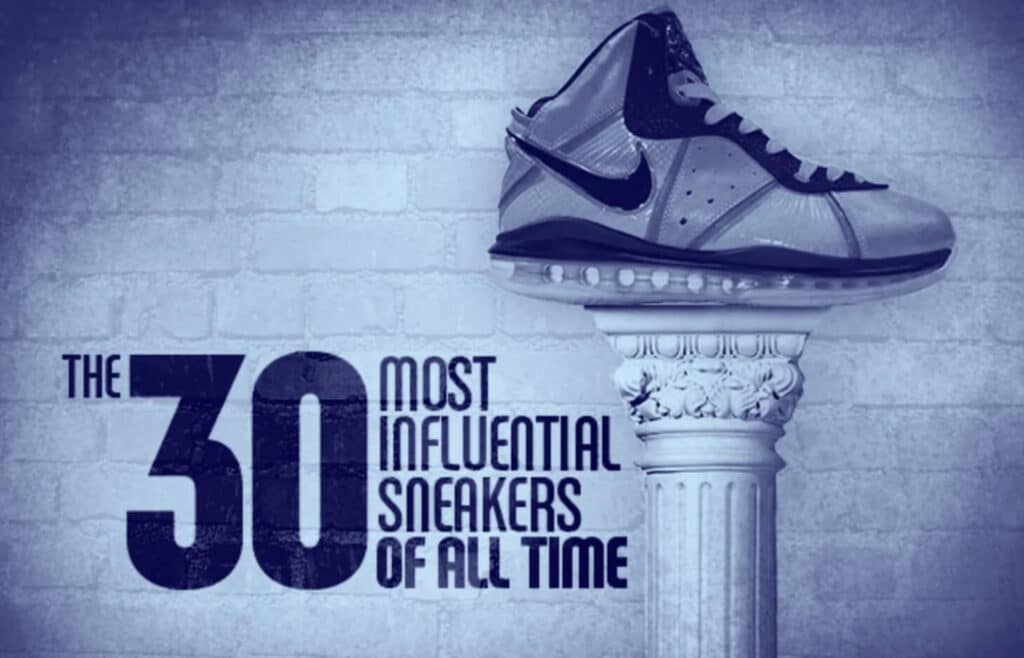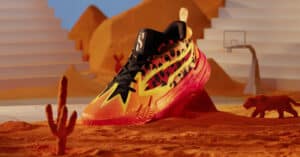Influence is a term that gets tossed around a lot today with the growing impact of social media on everything we do in life. Influence can come in all different forms, and it's not just about free sneakers. People obviously influence each other, but let's not forget why we're all here—the sneakers. Sneakers can influence design, fashion trends, trends in sports and then some. With that said, take a look at The 30 Most Influential Sneakers of All Time.
30. Nike Air Tech Challenge II

Year: 1988
Bright colors and flash were never a part of tennis until Andre Agassi took to the court in the Air Tech Challenge II. Agassi's trainers not only changed the game of tennis but they also changed the sneaker game. The bright colors, splashy graphics and rockstar mentality has continued to be big part of tennis sneakers to this day.
29. Osiris D3
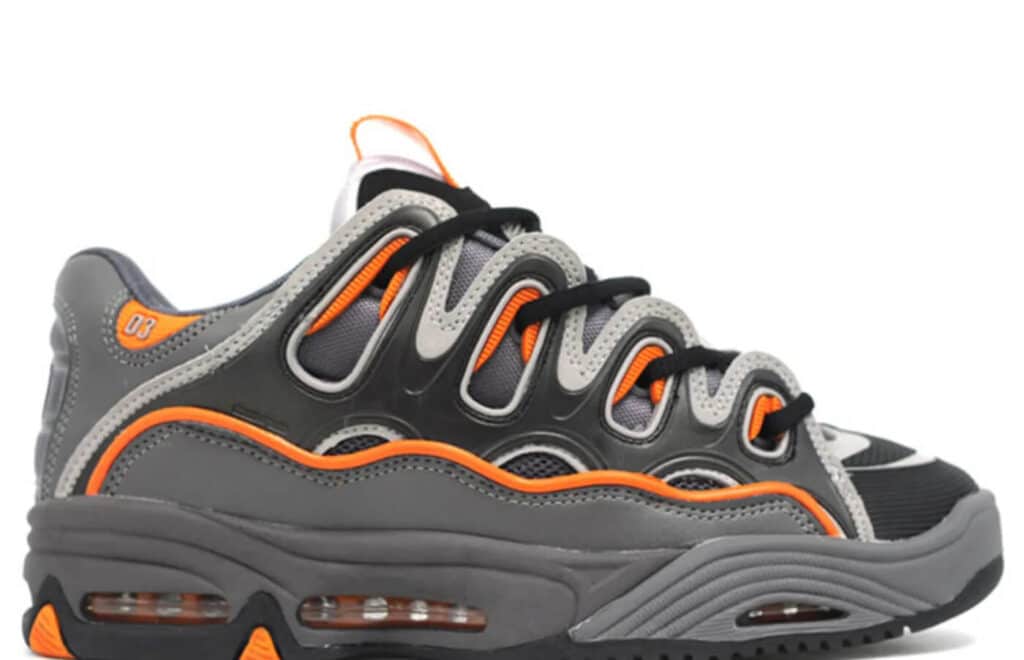
Year: 2001
Skate shoes were going to be bulky? Okay then, Osiris could play that game. The D3 was the signature model of Dave Mayhew, and it was the fattest, most tech-packed skate shoe ever. It was almost a practical joke—but it caught on. Oops.
28. Air Jordan IV
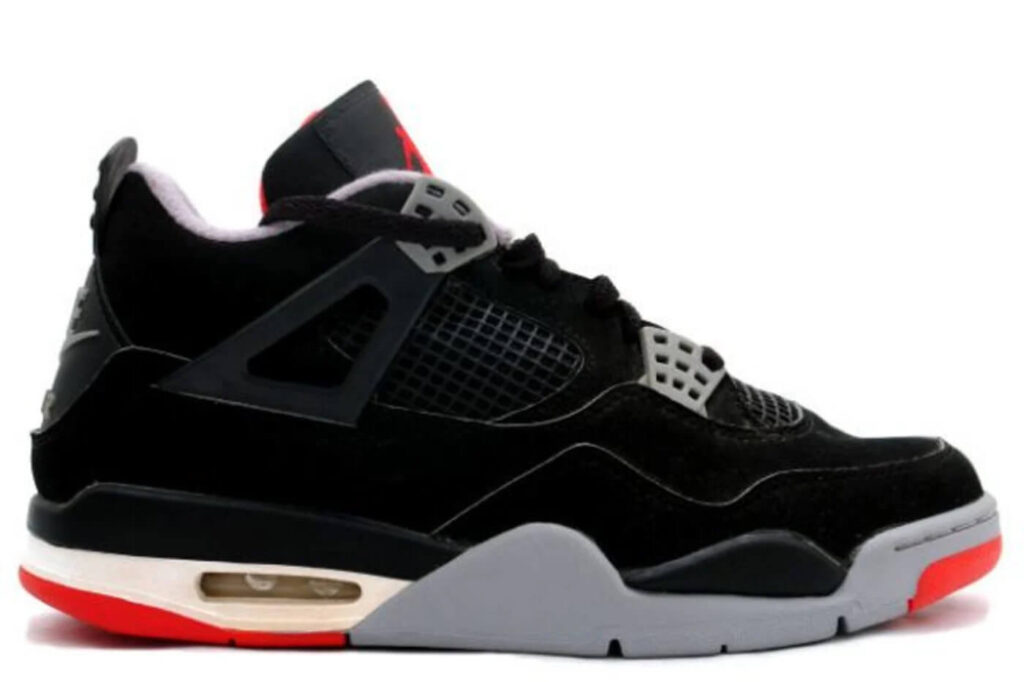
Year: 1989
Where do you even begin with the Air Jordan IV? Plastic mesh on the side panel, an exaggerated tongue that seems to be designed as much for off the court as on, plastic reinforced eyelets, an extended heel tab to pull the shoes on and off—and that's just the start of how the Jordan IV changed the game. Not to mention off the court, the Air Jordan IV became an icon on the big screen, solidifying it as one of the coolest sneakers ever.
27. Air Jordan XI

Year: 1995
Patent leather on a basketball sneaker? Tinker Hatfield is crazy for this one. What had never been done before influenced an entire decade of popularity for patent finishes. Today, you can find patent as a regular part of any design process, not to mention on the sneakers seen on the streets daily. The Air Jordan XI still has a following of fans and imitators nearly two decades after its initial release.
26. Wilson by Bata John Wooden
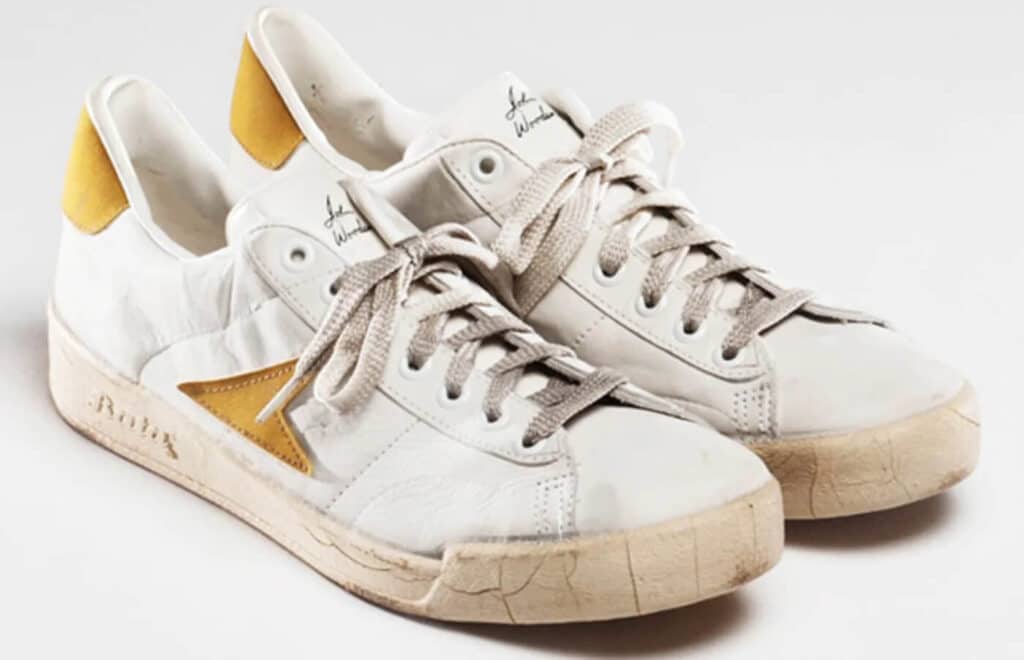
Year: 1977
Wilson? Don't they make tennis rackets? John Wooden? Wasn't he a coach? Bata? Isn't that… uh, nevermind. Those who know, know. The John Wooden Batas were technologically advanced basketball shoes at a time when vulcanization was recognized as an advance. The Batas used lightweight polyurethane for their soles, beating the bigs by years. The line only lasted one year, but the influence survived.
25. Air Jordan V
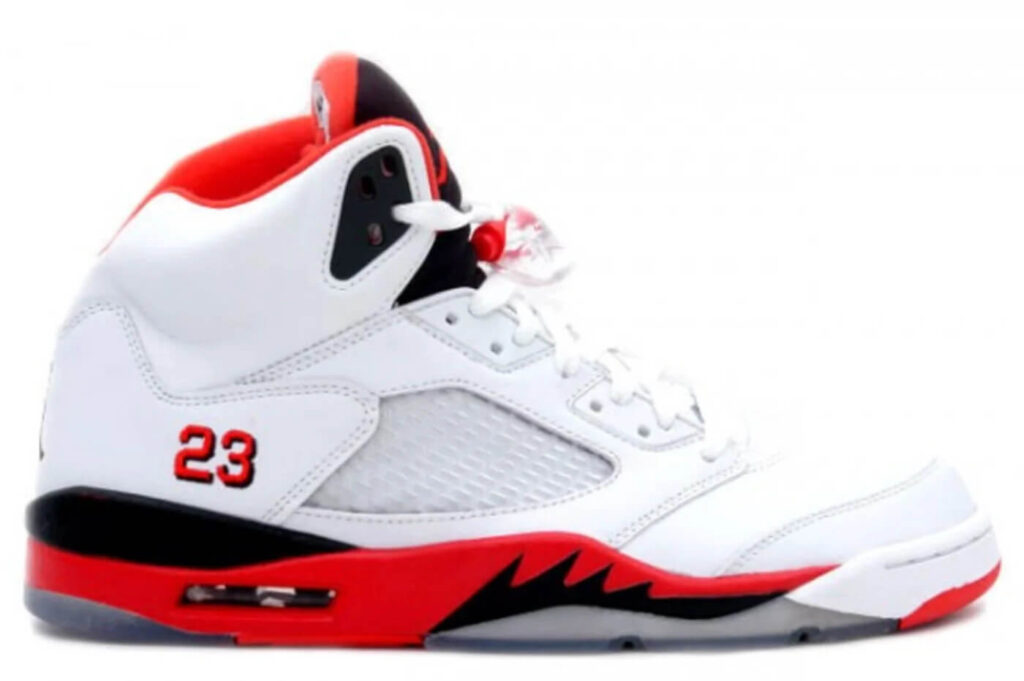
Year: 1990
Clear outsoles and 3M were never a thought until MJ's fifth signature model, the Air Jordan V. Now, you would be challenged to find a sneaker store that isn't filled with sneakers featuring those details.
24. A Bathing Ape BapeSTA
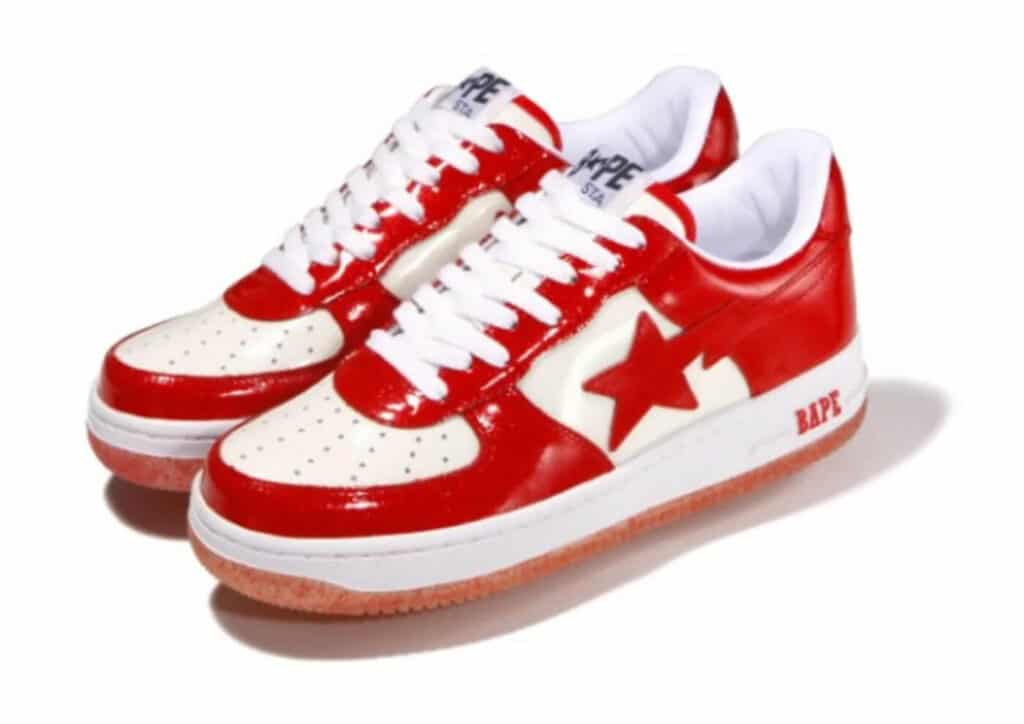
Year: 1993
How can such a blatant style bite be considered an influential shoe? Simple. The BAPEsta may have been a straight-up Air Force 1 knockoff, but Nigo draped it in patent leather and all sorts of ludicrous colors—which convinced Nike to do the same with the original.
23. Nike Air Huarache
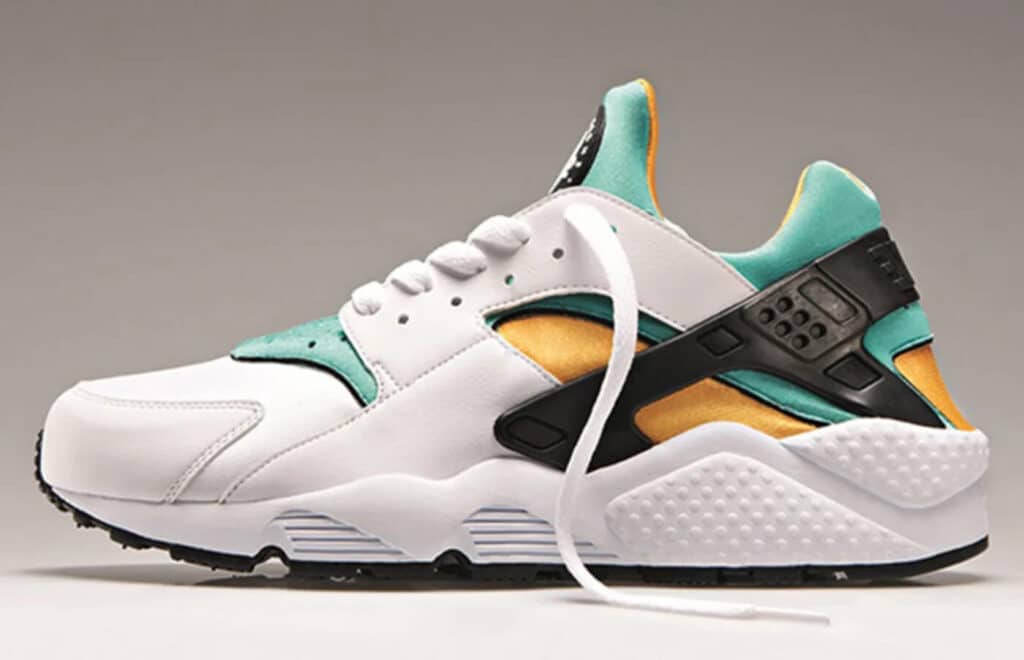
Year: 1991
Tinker Hatfield was inspired by a water-skiing bootie and Mayan sandals, and the end result changed not only how sneakers looked, but how they fit. Most importantly, Hatfield's Huarache concept influenced his own designs, and found its way into product ranging from the Air Jordan to a new division called ACG.
22. Converse Pro Leather
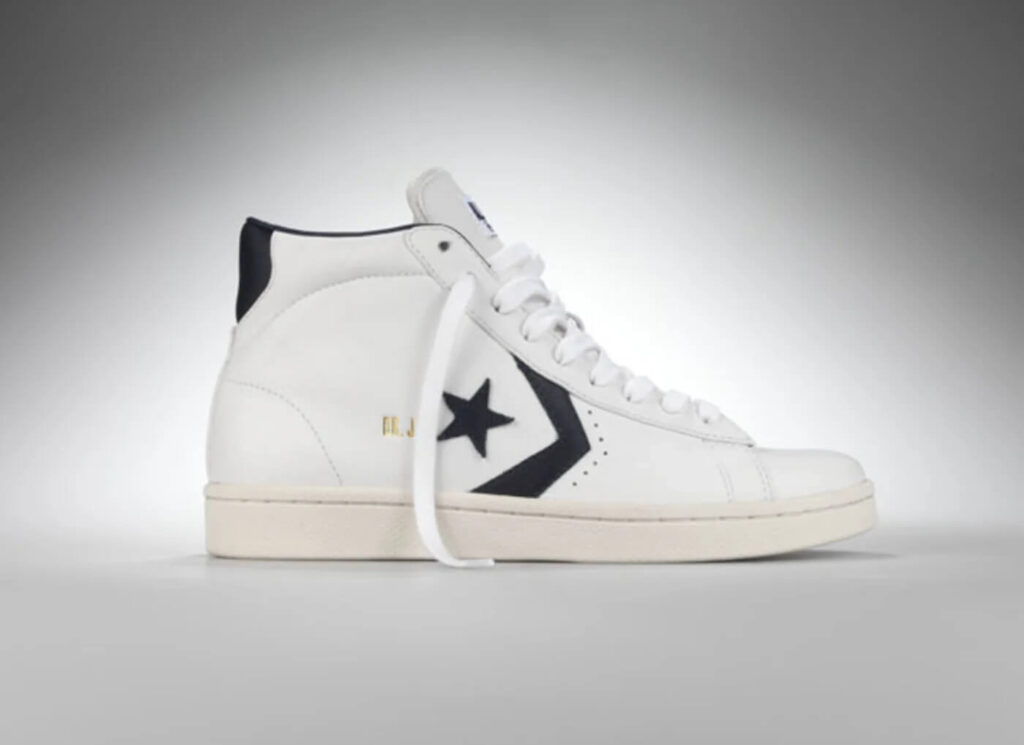
Year: 1976
Born in the year of America's bicentennial, the Pro Leather supported the highflying antics of Julius “Dr. J” Erving. The simple silhouette matched the high socks and big hair of the era, and it took hold in the professional and college ranks. In '82, Michael Jordan hit his first most famous jumper in Pro Leathers. The legend hasn't stopped since. Today, the Converse Pro Leather is the silhouette of choice for some of the best collaborations—shout out to Clot and Patta—in recent memory. How powerful is the Pro Leather? Even when built in canvas, we still mention the original material when calling out the sneaker.
21. Nike Air Max 1
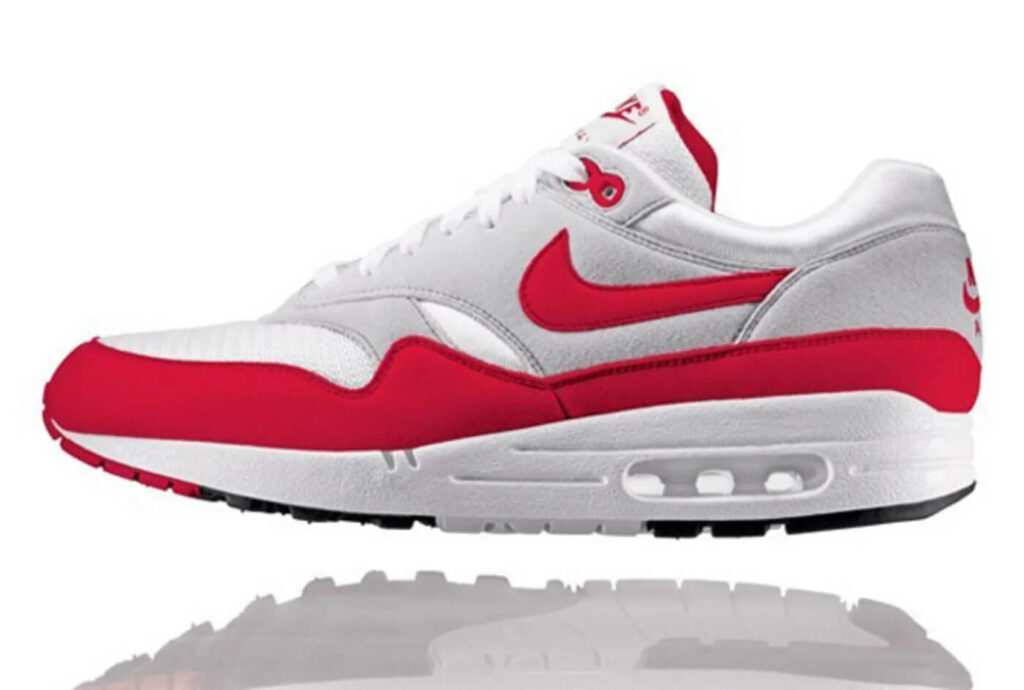
Year: 1987
In a sneaker sense, the Air Max 87, or Air Max 1 as we commonly call it, started one of the most important trends in footwear design: visible Air. It also became one of the first “retro” releases in the world of sneakers. The Air Max 1 also brought new attention to running in the late '80s that was in a decline. Then there's the fact that these became a status symbol in the ‘hood back in the day. Influence on a hundred thousand trillion.
20. Reebok Ex-O-Fit

Year: 1983
Reebok's Ex-O-Fit was one of the first sneakers to feature Velcro straps, which clearly became so mainstream fashionable that it's been a part of Kanye's Yeezy line. The Ex-O-Fit was even more influential in the fitness arena in the '80s, however. These Reeboks represented a change in the way popular society thought of fitness and health.
19. adidas Stan Smith
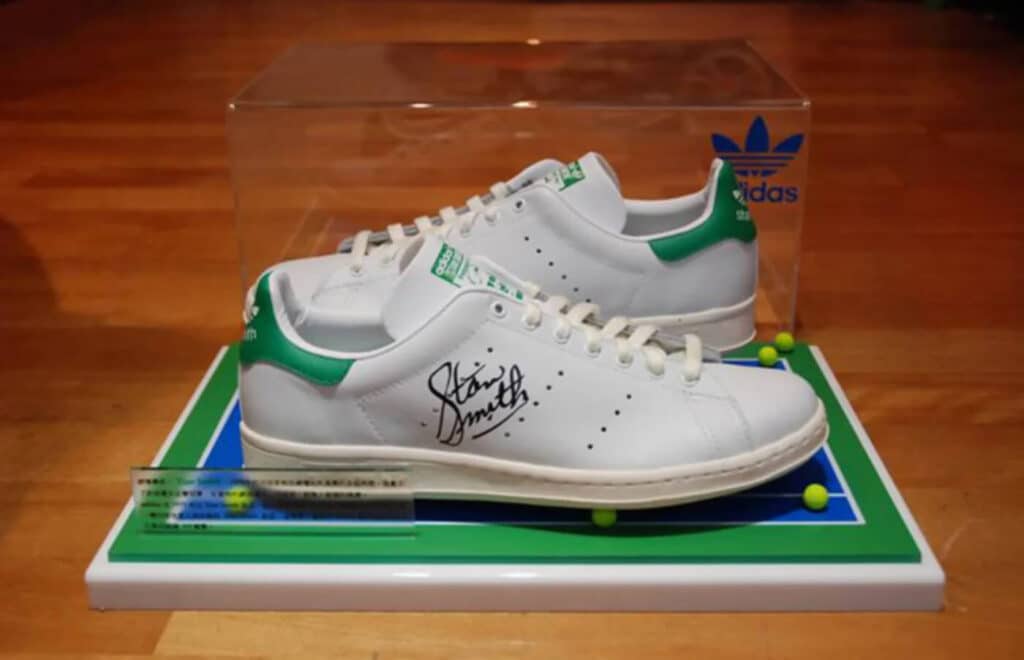
Year: 1971
Stan Smith may have taken over Robert Haillet's silhouette but that doesn't change how influential the classic adidas model is. The Stan Smith was one of the first sneaker designs to feature a completely smooth toebox made of one piece of leather. It was also the first leather tennis sneaker, which clearly left its mark on the industry.
18. New Balance 576
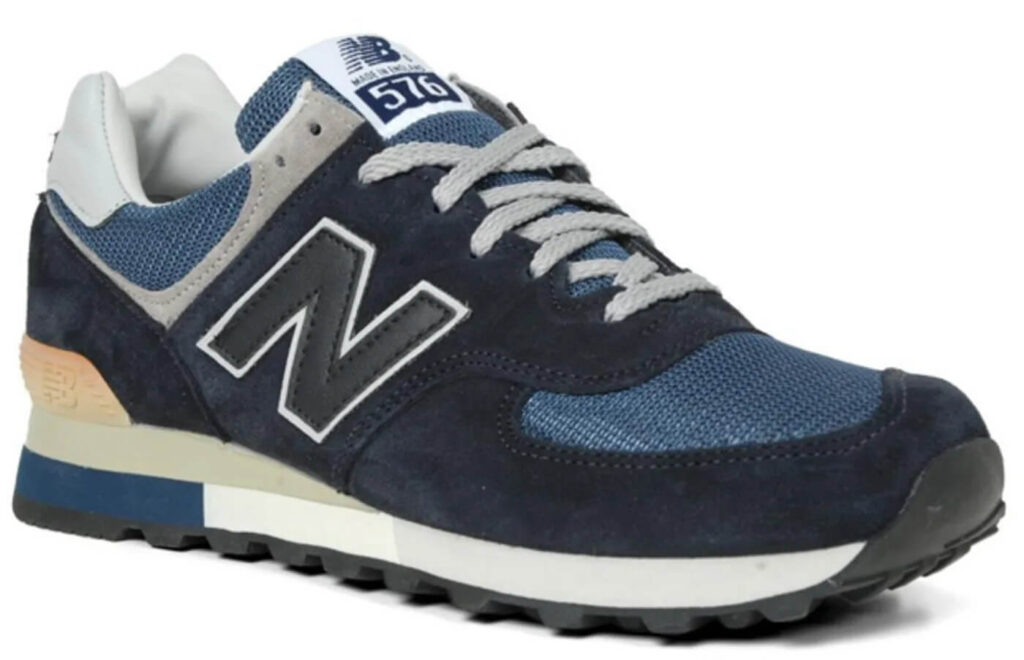
Year: 1988
New Balance's running silhouettes may be the center of Saturday Night Live skits, but models like the 576 birthed an entire subculture of collectors. The Made in England joints and the Made in the USA versions have created a niche group of purists that could probably tell you more about the shoes on your feet than you can. Not to mention, there's all those dads sporting the New Balance grey now.
17. Vans Sk8-Hi

Year: 1978
The first skateboarding shoes were just deck shoes by another name—check the Vans Authentic and Era for details. The Sk-8 High, or Style #38, changed everything. Introduced in 1978, it was inspired by early (post-Chuck) basketball shoes and provided more aggressive skaters with ankle protection as well as more support. Modern skatebarding required a more advanced shoe—and here it was.
16. Converse Jack Purcell
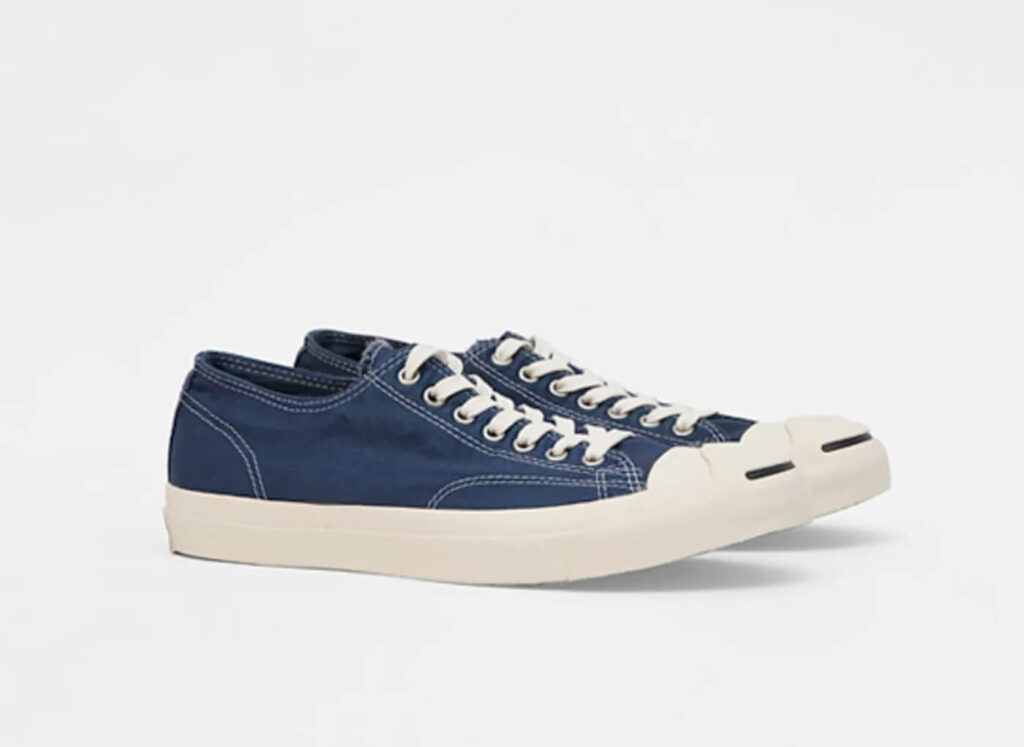
Year: 1935
Things you probably didn't know about the Jack Purcell: It was designed by a Canadian, who played badminton, and has been produced under two brand names. Originally designed for the B.F. Goodrich Company, the Purcell (named for John Edward Purcell) became part of the Converse family in the '70s. The signature smile on the toe is the shoe's hallmark, a cheeky statement of individuality which speaks to a quiet truth: The Purcell is the thinking man's Chuck Taylor. The model inspired advertising campaigns that gave handsome rogues at country clubs nation-wide courage to talk to cougars. And, it helped define prep style (just flip through the pages of Take Ivy for evidence).
15. Reebok Pump

Year: 1989
Forget for the moment that multiple companies tried to make their own inflatable sneakers after Reebok introduced the Pump in 1989, and focus on what it did to the price of basketball shoes. Its retail price was half as high as that of other high-end basketball shoes, and while it was an outlier, it made that higher price point more realistic. People were clearly willing to pay for technology, especially technology they could see and feel. Enter the '90s.
14. Nike Lava Dome
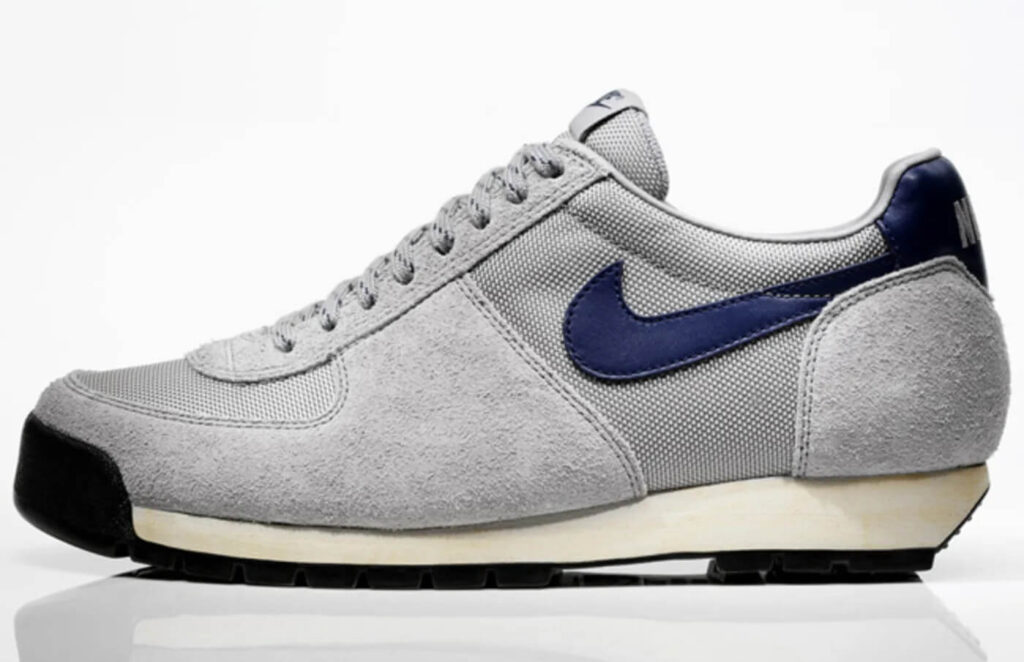
Year: 1981
Light hiking was born with the Lava Dome. While the design doesn't scream “HYBRID,” the Dura-mesh design is rugged with a healthy elegance. The venerable ACG line didn't launch in earnest until eight years after the Lava Dome, but this is the beginning of a category challenging legacy that has been a hallmark of Nike innovation. Without the Lava Dome, sneakers like the Mowabb might not have been possible…and thus, the brilliant earth tone matched with bright oranges and purples we associate with outdoor-tinged footwear may never have developed. The Lava Dome is a timeless classic.
13. Nike Air Trainer 1

Year: 1987
The shoe that birthed Bo Jackson. The shoe that gave McEnroe a little extra swag (and one that also signals a touch passing between Mac and Agassi as tennis' enfant terrible). Tinker Hatfield didn't invent crosstraining—German brands had been selling firm ground shoes for decades and Converse's venerable Chuck Taylor did work on military drill grounds—but he gave it new life. In its original Chlorophyll colorway, the 1987 design stood out from the pack, just like the athletes that wore it. The Trainer 1 is the father of the signature baseball and football trainers of the '90s. Beyond that, the silhouette inspired knockoffs, which spoke to the mutability of the style and its potential on a variety of sporting fronts (our favorite? The Savier Trainer, of course). Changing the game ain't easy. But, when Tinker unveiled his multi-purpose masterpiece, he blew previous attempts out the water and created a whole new way of thinking about the functionality of performance sneakers.
12. Nike Dunk
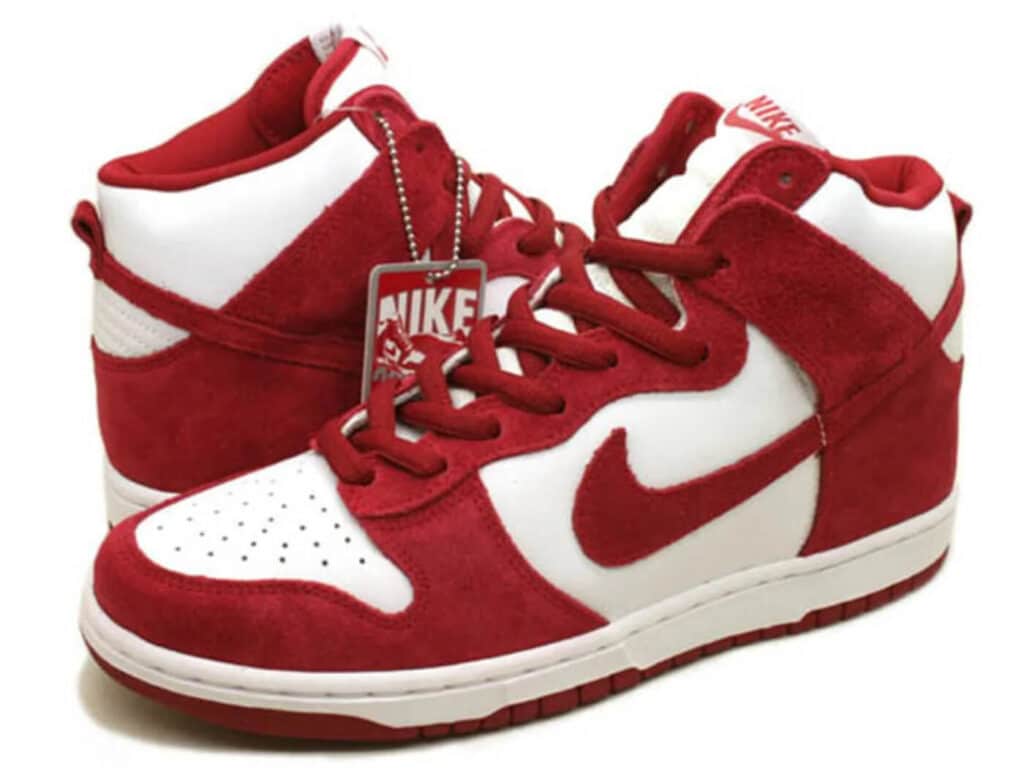
Year: 1986
Nike's Dunk silhouette may have started on the basketball court, but it's since become one of the most trendsetting sneakers of all time. First there was the on-court impact via team colors. Then the early '00s saw the Nike Dunk take on its SB form and subsequently change the way sneakerheads lived. SB Dunks had people lining up, looking for release dates, and wearing stuffed tongues in ways that had never been popular before. And while Nike made the Dunk a skate shoe, other companies made skate shoes that looked an awful lot like dunks. We see you, Lakai Telford.
11. Gucci Tennis 84

Year: 1984
Premium sneakers were essentially non-existent before the Gucci Tennis 84, but these kicks were so influential that Jay-Z created an entire line of Reeboks created in the same mold. On the streets, the Gucci Tennis 84 was the D-Boy sneaker of choice, which had hip-hop artists doing the same. Talk about influence.
10. Air Jordan III

Year: 1988
It should go without saying that the Air Jordan III is one of the most influential sneakers of all time. From the Elephant Print to the many Jordan models that followed, the design that kept Mike with Nike has been mimicked, emulated, counterfeited, and then some, but most of all it set trends that have continued for more than 25 years.
9. Puma Suede/Clyde

Year: 1973
The proto Air Jordan, the Puma Clyde brought Walt Frazier's signature style to the Puma Suede and in turn introduced it to the streets. The Clyde wasn't quite as wild as Clyde himself (what, no mink?), but the not-so-traditional colorways paved the way for pretty much all of modern sneaker style. That's all.
8. Onitsuka Tiger Corsair
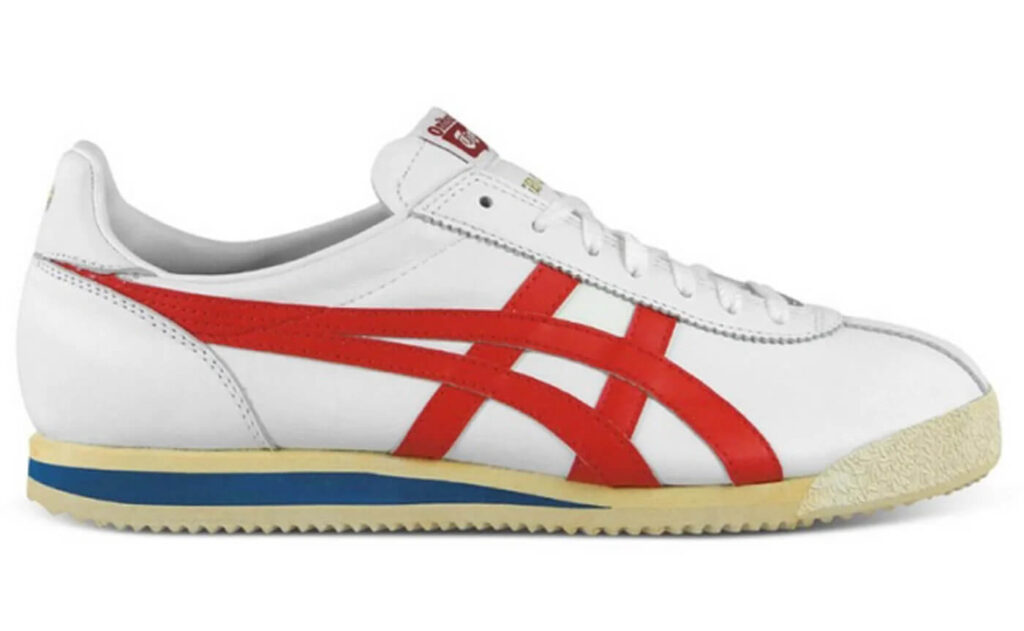
Year: 1969
The shoe from whence all of modern running came. The Onitsuka Corsair was revamped by a couple of guys in Oregon you may have heard of—Bill Bowerman and Phillip Knight. They added an EVA wedge towards the rear of the shoe and wound up marketing it under their own name: the Nike Cortez. From small beginnings, much arose.
7. adidas Superstar/Pro Model

Year: 1965
The shelltoe was a curious solution to a common problem—crushed toeboxes and the impact of drag. Further proof that basketball is a contact sport. But the rubber toe (which turned the Pro Model into something of a Chuck Taylor on steroids) also became notable as a stylistic element, later copied by companies from Phat Farm to Vision Street Wear. More importantly, however, was that the Pro Model, introduced in 1965, was the first leather basketball shoe of note. Farewell, Chuck.
6. Nike Air Max LeBron 8 “South Beach”
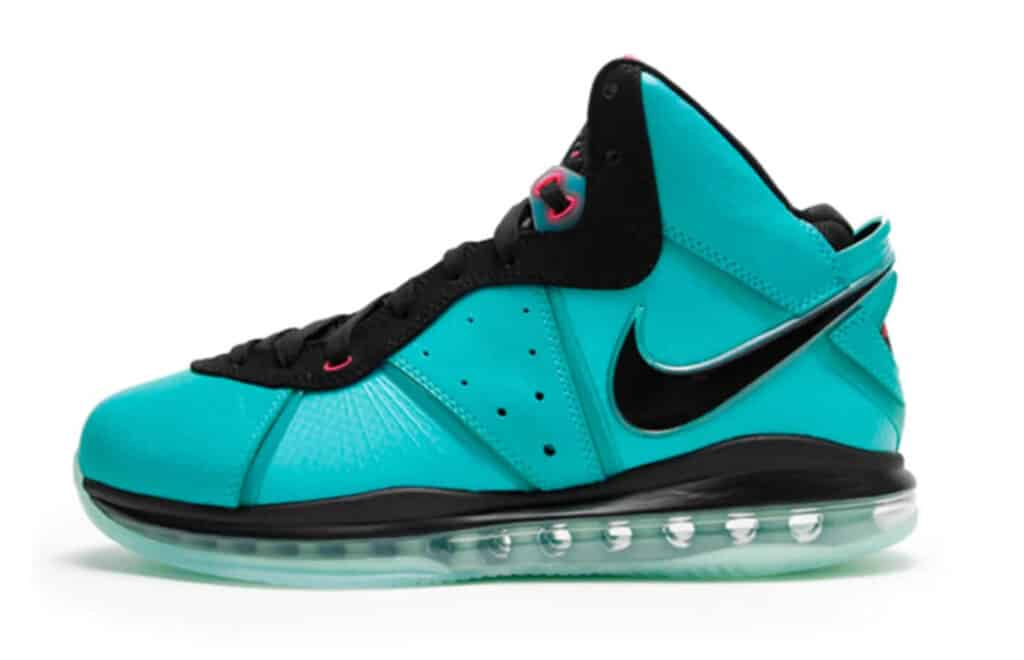
Year: 2010
The Decision took LeBron to South Beach but the LeBron 8 took the colorway to the mainstream. After the release of the “South Beach” colorway of the LeBron 8, the colors seemed to pop up on sneakers of all shapes, sizes and brands, proving that influence, is not always a good thing.
5. adidas Samba
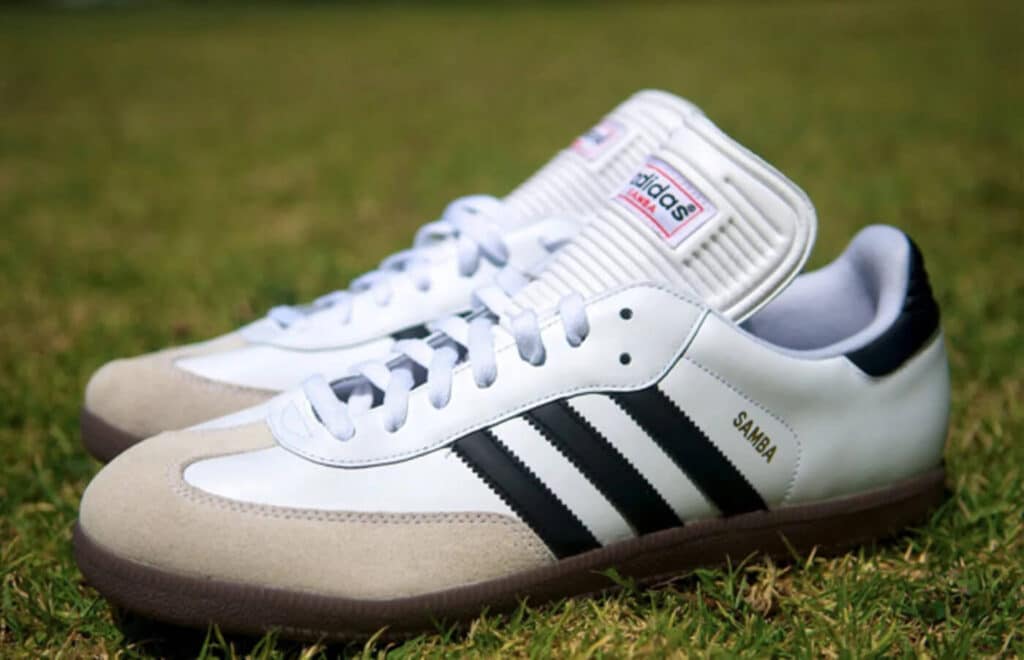
Year: 1950
The adidas Samba was introduced as a football (no, the other one) training shoe way back in 1950, giving it a multiple-decade head start over more or less every other football trainer to follow. Its slim lines and gum outsole have been copied countless times, and it also served as the forebear to adidas's skate line. Plus, more or less every person on the planet has owned a pair of Sambas at one time or another. Just ask them.
4. Converse Chuck Taylor All Star

Year: 1923
What started as basketball sneaker became one of the most recognizable sneakers of all time. The Converse Chuck Taylor All Star is the most universal sneaker, fitting into in genre or trend—whether it be rock, grunge, hip-hop or hardcore, Chucks are an appropriate choice. And seemingly every company has knocked it off. Which makes us wonder, which came first, the trend or the Chucks that represent it?
3. Vans Half Cab

Year: 1992
The Half Cab is regarded by most as the best skate shoe ever created. Steve Caballero's signature model became what every other skate sneaker desired to be over the years, and countless trends in sneaker design, skateboarding and its surrounding culture, all can be attributed to Half Cabs. From mid-cut skate shoes to vulcanized soles and extra padding, to the fact that signature models even exist in skateboarding, Vans really paved the way for skate shoes with the Half Cab.
2. Air Jordan 1
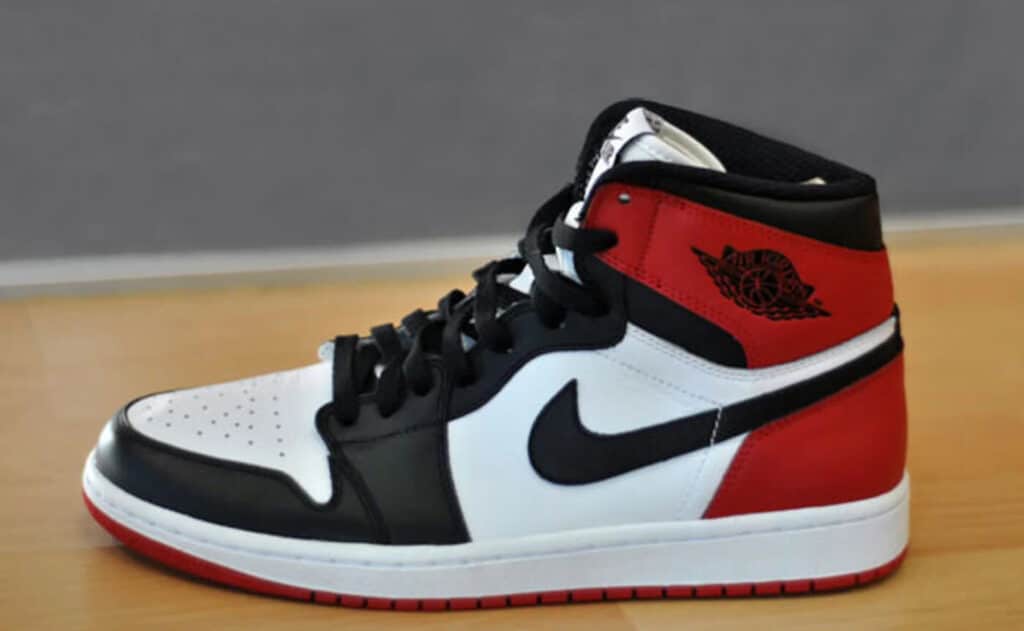
Year: 1985
Before the Air Jordan 1, player edition sneakers were strictly for, you know, players. There were Puma Clydes, but those were so ahead of their time that no one really caught on. Air Jordans changed the whole sneaker dynamic, propelling a niche product into the mainstream via a single player—albeit a highly talented and highly charismatic one. It's not being hyperbolic to say that the first Air Jordan changed everything.
1. Nike Air Force 1

Year: 1982
Bulky, technically advanced hightops were coming, and the Air Force 1 was the harbinger. More or less everything that followed in terms of basketball footwear owed some debt to Bruce Kilgore's 1982 magnum opus—whether it was the adidas Forum or Nike's own Revolution. And later, when more advanced performance models made it obsolete, other companies would seek to emulate (sometimes a bit too closely) its style. Thirty years on, it's still a large presence.
This article was originally published on complex.com.

